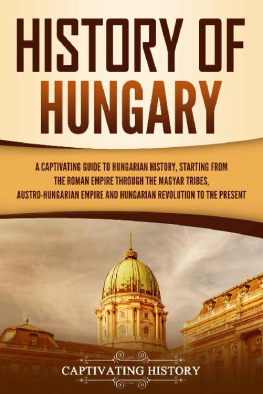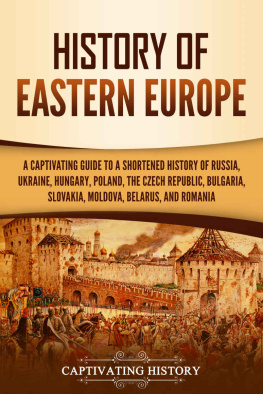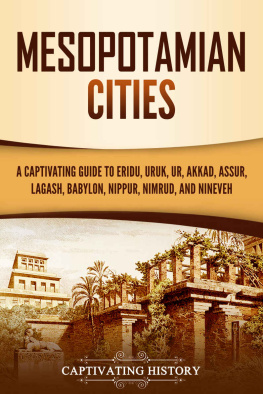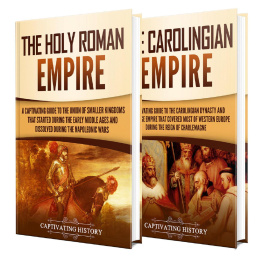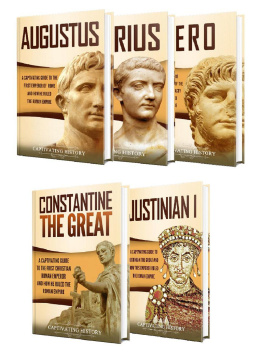All Rights Reserved. No part of this book may be reproduced in any form without permission in writing from the author. Reviewers may quote brief passages in reviews.
Disclaimer: No part of this publication may be reproduced or transmitted in any form or by any means, mechanical or electronic, including photocopying or recording, or by any information storage and retrieval system, or transmitted by email without permission in writing from the publisher.
While all attempts have been made to verify the information provided in this publication, neither the author nor the publisher assumes any responsibility for errors, omissions or contrary interpretations of the subject matter herein.
This book is for entertainment purposes only. The views expressed are those of the author alone, and should not be taken as expert instruction or commands. The reader is responsible for his or her own actions.
Adherence to all applicable laws and regulations, including international, federal, state and local laws governing professional licensing, business practices, advertising and all other aspects of doing business in the US, Canada, UK or any other jurisdiction is the sole responsibility of the purchaser or reader.
Neither the author nor the publisher assumes any responsibility or liability whatsoever on the behalf of the purchaser or reader of these materials. Any perceived slight of any individual or organization is purely unintentional.
Free Bonus from Captivating History: History Ebook
Hi History Lovers!
My name is Matt Clayton, and Im the creator of Captivating History. First off, I want to THANK YOU for reading our books in the Captivating History series. As an avid reader of History myself, I aim to produce books that will hold you captive.
Now you have a chance to join our exclusive history list so you can get the ebook below for free as well as discounts and a potential to get more history books for free! Simply click the link below to join.
P.S. If you join now, you will also receive a free Mythology book. Remember that its 100% free to join the list.

Click here to access your bonus
Also, make sure to follow us on:
Twitter: @Captivhistory
Facebook: Captivating History: @captivatinghistory
Youtube: Captivating History
Introduction
For most Americans and a surprisingly large number of western Europeans, the small central European nation of Hungary is somewhat of a mystery. It is a nation of Hollywood stereotypes, such as mysterious fortune tellers, so-called ladies men, mustachioed counts and dukes of Transylvania (without or without the tales of vampires), and violin=playing waiters playing gypsy music.
In the summer of 2021, Hungary briefly popped up on the radar of many conservative Americans when Fox News host Tucker Carlson journeyed to Hungary to interview its right-wing authoritarian prime minister Viktor Orbn, who has ruled the country since the spring of 2010. He was one of the leading figures in Europe who were against the additional influx of immigrants and refugees from the Middle East.
Hungary today is a small landlocked country in the heart of Europe, and it is bordered by Slovakia to the north, Austria and Slovenia to the west, Croatia and Serbia to the south, Romania to the southeast, and Ukraine to the east. Those are the nations that have bordered Hungary since the end of the Second World War, but throughout its history, Hungarys neighbors have included many other nations, kingdoms, duchies, bishoprics, margravates, and any number of now outdated entities.
As you can likely imagine, Hungarys history is soaked in blood, being as it is at the crossroads of Europe. Before it even existed as a nation, Hungary was used as a highway to the rest of Europe by tribes coming out of central Asia. The Hungarians themselves originated on the central Asian plains somewhere near the Ural Mountains and were pushed westward by the growing numbers of other tribes in the area and for a desire for more fertile grazing lands for their vast herds of cattle, sheep, and horses. Possibly the most famous of all of the central Asian tribes were the Huns (no relation to the Hungarians), and they drove through Hungary on their way to sack central Europe and northern Italy.
Throughout their history, the Hungarians have been invaded or in conflict with the Germans, Austrians, Romanians, Russians, Ukrainians, Czechs, Slovaks, Serbs, Croats, Italians, Poles, and, most famously of all, the Ottomans. Hungarys geography and location almost demanded an invasion by one group or another.
Interestingly, despite all of the foreign invasions (and they were not by any means all successful), for most of its existence, Hungary was one of the most multicultural and accepting of all the nations in Europe, despite the spin that Orbn and others have tried to put on it.
Welcome to Captivating Historys History of Hungary , a journey of 1,100 fascinating and troubled years.
Chapter 1 Before Hungary
Hungarian history begins somewhere in the 9 th century CE. Before the mid-800s, the people we recognize as the ancestors of modern-day Hungarians lived in todays Russia, near or in the Ural Mountains, which divide Europe from Asia. Over time, they moved slowly and at times more rapidly westward.
Around 750 BCE (Before the Common Era), the lands of central Europe in the area of todays Hungary were occupied by the Celtic tribes of the Hallstatt culture (the ancient salt-producing region around the town of Hallstatt, Austria). For a number of centuries, the Celts were the dominant culture in central and northwestern Europe, outside of Scandinavia. Celtic artifacts have been found from Spain to the boundaries of todays Romania.
In the 6 th century BCE, Thracian tribes moved into the Danube Basin after having been displaced by fighting in their previous homelands of the Balkans and farther east. In the 5 th century BCE, groups of people from the area of Illyria (the coastal area of todays Croatia) migrated into the southern area of modern-day Hungary and northern Serbia.
In the 4 th and 3 rd centuries BCE, repeated Celtic migrations passed through what historians call Transdanubia (territories near and on both sides of the Danube River in what is today Hungary and eastern Austria) on their way into the Balkan Peninsula. Many settled in the area, but despite defeating the Illyrians there, they were assimilated by them. They seemed to have lived relatively peacefully throughout the period.
By the mid-2 nd century BCE, the Romans had begun to move into the area. The Romans warred against a number of the Celtic tribes occupying the area and worked to undermine their relations with others in multiple instances of divide and conquer. They settled in the area of Illyria and moved into what is now northern Serbia and eastward toward the famous province of Transylvania. This area was dubbed Pannonia by the Romans, and it comprised most of todays western and southern Hungary, Bosnia, and Slovenia.
To the east, in Transylvania and what is now Romania, the Dacians, who were originally from the mountainous region north of Greece, began expanding to the north in the 1 st century BCE. They engaged the Romans in a number of costly wars in the area before finally succumbing to imperial rule in the last years before the Common Era (CE) commenced.

